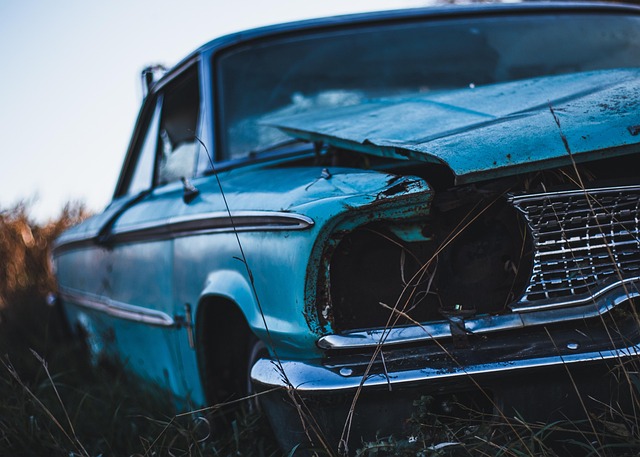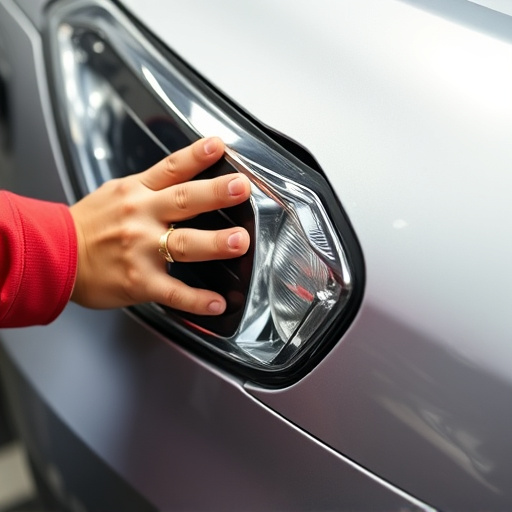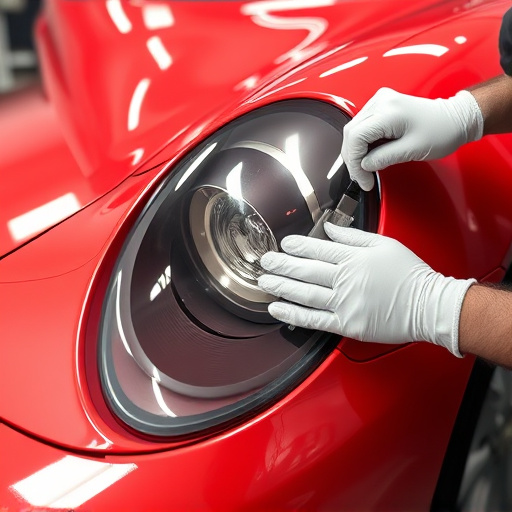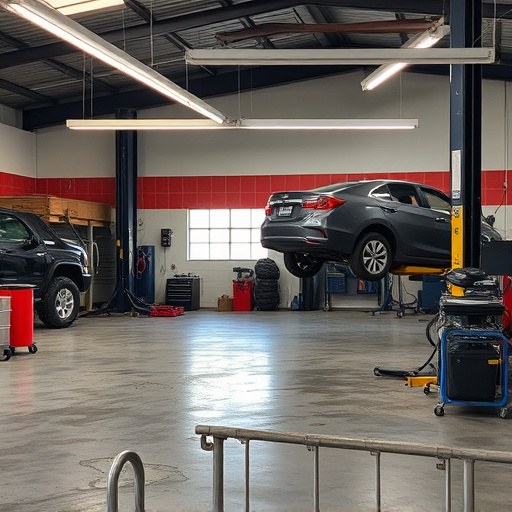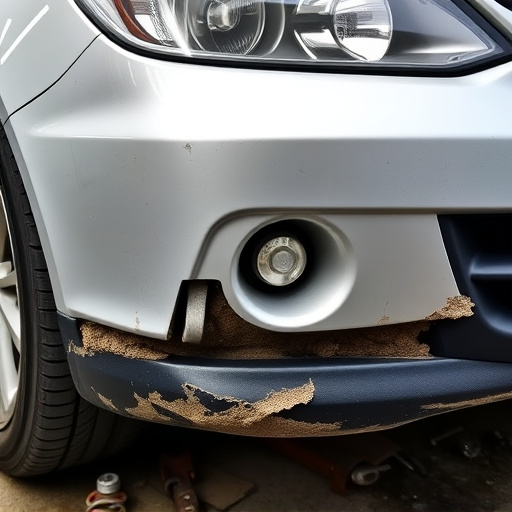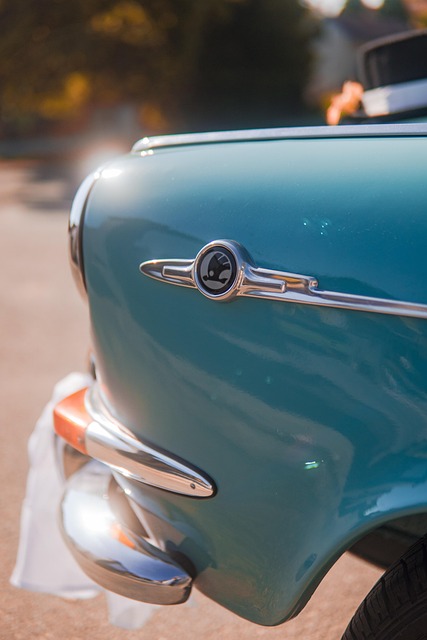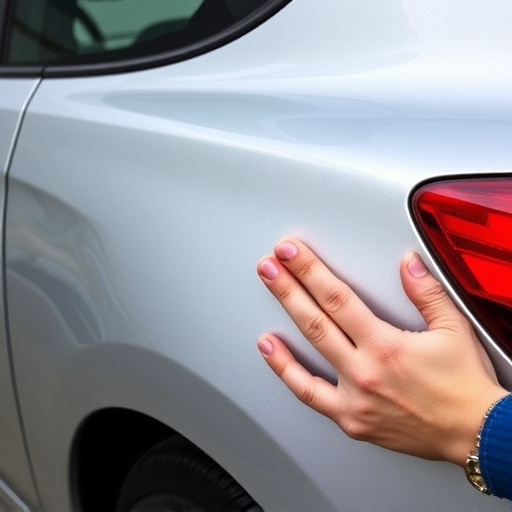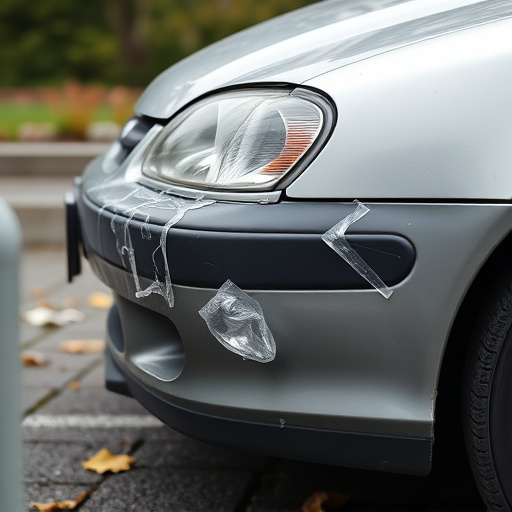Repair photo documentation is a crucial quality assurance tool for auto body services, especially for high-end vehicles like Mercedes Benz repairs, ensuring precision, accountability, and trust. The process involves capturing detailed, multi-angled images throughout vehicle restoration, digitally organizing them for easy access, and using specialized software to analyze discrepancies. This meticulous approach enhances quality control, streamlines insurance claims, and improves customer satisfaction through standardized file naming systems and efficient software use.
Repair photo documentation is a powerful tool in quality assurance, offering visual evidence that enhances precision and efficiency. This article delves into the significance of this process, exploring its role as a cornerstone in maintaining high standards across industries. We’ll uncover the steps involved—from capturing detailed images to analyzing visual data—and discover best practices for maximizing accuracy. By implementing effective repair photo documentation strategies, organizations can ensure consistent quality control.
- Understanding Repair Photo Documentation: A Cornerstone of Quality Assurance
- The Process: Capturing, Organizing, and Analyzing Visual Data
- Benefits and Best Practices: Ensuring Accuracy and Enhancing Efficiency
Understanding Repair Photo Documentation: A Cornerstone of Quality Assurance
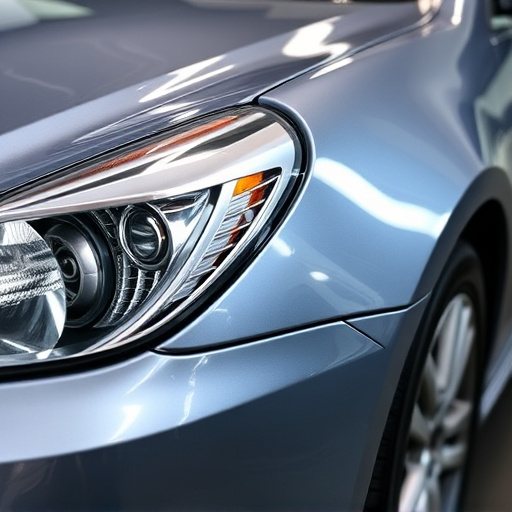
Repair photo documentation serves as a cornerstone in the realm of quality assurance for auto body services. It involves meticulously capturing visual evidence during every stage of a vehicle’s restoration process, from initial damage assessment to final assembly. These detailed images not only provide a permanent record of the repair work but also facilitate effective communication between technicians, insurance companies, and clients.
In the case of prestigious vehicles like Mercedes Benz repair, where precision and authenticity are paramount, repair photo documentation plays an indispensable role. It ensures that every detail is documented, allowing for traceable accountability. This is crucial in maintaining high standards of workmanship and upholding the reputation of auto bodywork professionals. By employing this method, technicians can confidently prove their skills and expertise, fostering trust among customers seeking top-tier repairs.
The Process: Capturing, Organizing, and Analyzing Visual Data

The process of repair photo documentation involves a meticulous approach to capturing, organizing, and analyzing visual data. It begins with taking high-quality images of vehicles undergoing dent removal or other auto body services in the collision repair shop. These photos should be taken from various angles to provide a comprehensive view of the repair area. Once captured, the images are organized digitally, allowing for easy access and retrieval. This step is crucial as it ensures that all visual data is centralized and can be quickly referenced during quality assurance checks.
The next phase involves analyzing the visual data to identify any discrepancies or defects. Specialized software tools aid in this process by enhancing visibility and enabling precise measurements. By comparing these images with the initial state of the vehicle before collision repair, professionals can ascertain the effectiveness of dent removal techniques and overall quality of auto body services provided. This detailed analysis is integral to maintaining high standards in the collision repair shop.
Benefits and Best Practices: Ensuring Accuracy and Enhancing Efficiency

Benefits and Best Practices
Repair photo documentation offers immense benefits for both collision repair centers and automotive body shop services. Accurate and detailed visual records enhance quality assurance by providing a clear, permanent record of vehicles’ pre- and post-repair conditions. This becomes invaluable during insurance claims, where comparing before-and-after photos can streamline the dispute resolution process, ensuring fair compensation for customers and minimizing potential fraud.
Best practices in repair photo documentation include capturing high-resolution images from multiple angles, documenting both visible and hidden areas, and maintaining a consistent naming convention for files. Utilizing specialized software that allows for efficient image organization and retrieval further enhances efficiency. By following these practices, collision repair centers can ensure the accuracy of their work, improve customer satisfaction, and optimize workflow in automotive repair processes.
Repair photo documentation is a vital tool in the arsenal of quality assurance, offering a comprehensive and visual approach to managing repairs. By capturing, organizing, and analyzing these images, businesses can ensure consistent, accurate, and efficient processes. Best practices include maintaining high-quality visuals, implementing structured organization systems, and utilizing advanced analytics for deeper insights. This method not only improves overall quality but also serves as a valuable record, fostering transparency and enabling continuous improvement in repair operations.
